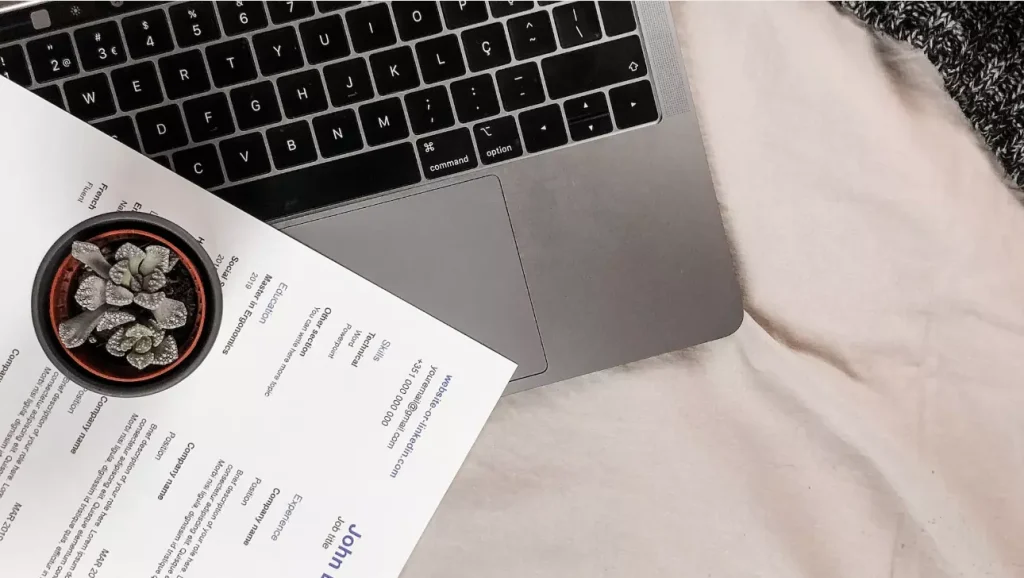Introduction:
In today’s competitive job market, having a well-designed resume can make all the difference in landing your dream job. While most people think of the content and format of a resume as the most crucial aspects, the role of fonts and typography should not be overlooked. Fonts and typography play a significant role in resume design as they have the power to enhance the visual appeal, readability, and overall professionalism of your resume. In this blog, we will explore the importance of fonts and typography in resume design and address some commonly asked questions regarding this topic.
FAQs about the Role of Fonts and Typography in Resume Design:
1. How do fonts impact the visual appeal of a resume?
Fonts can set the tone and create a visual impact on the reader. By choosing the right font, you can establish a professional and visually appealing look for your resume.
2. What are the best fonts to use in a resume?
Some popular and professional fonts for resumes include Times New Roman, Arial, Calibri, and Helvetica. It’s advisable to choose a font that is clean, easy to read, and compatible with different devices.
3. Can I use multiple fonts in my resume?
Using multiple fonts is generally not recommended, as it can make your resume look cluttered and unprofessional. Stick to one or two fonts for consistency.
4. How can I use typography to enhance readability?
Typography involves choosing the right font size, line spacing, and paragraph spacing. By using an appropriate font size and spacing, you can make your resume more readable and navigate effortlessly.
5. Is it okay to use decorative or fancy fonts in a resume?
Using decorative or fancy fonts may seem creative, but they can be difficult to read and may not be compatible with certain systems. It’s best to stick to clean and professional fonts.
6. What role does font hierarchy play in resume design?
Font hierarchy refers to the variation in font sizes and styles to create emphasis and guide readers through the content. By using different font sizes for headings, subheadings, and body text, you can make your resume more structured and scannable.
7. How can font selection reflect my personal brand?
Choosing the right font can help convey your personality and personal brand. A more traditional font might suit formal industries, while a modern and unique font might be a better fit for creative roles.
8. Should I use a serif or sans-serif font for my resume?
Both serif and sans-serif fonts can work well in a resume, depending on the overall design and your personal preference. Serif fonts are often associated with a more traditional and formal look, while sans-serif fonts convey a modern and clean aesthetic.
9. Can font and typography impact an ATS (Applicant Tracking System)?
Yes, certain ATS systems may have difficulty parsing unconventional fonts, so it’s always recommended to use standard fonts to ensure your resume is compatible and properly scanned.
10. How can I use font and typography to stand out without going overboard?
You can stand out while still maintaining a professional appearance by using subtle variations in font size, weight, and styles. Additionally, pay attention to alignment, spacing, and consistency to create a visually compelling resume.
Conclusion:
Fonts and typography play a vital role in resume design, contributing to the overall professionalism, readability, and visual appeal of your document. By carefully choosing fonts that align with your personal brand and creating a hierarchy with font sizes and styles, you can create a well-designed resume that stands out to potential employers. Remember to prioritize readability and compatibility with standard systems to ensure your resume is effectively communicated to both humans and applicant tracking systems. Taking the time to consider the role of fonts and typography in resume design can greatly enhance your chances of landing your dream job.




